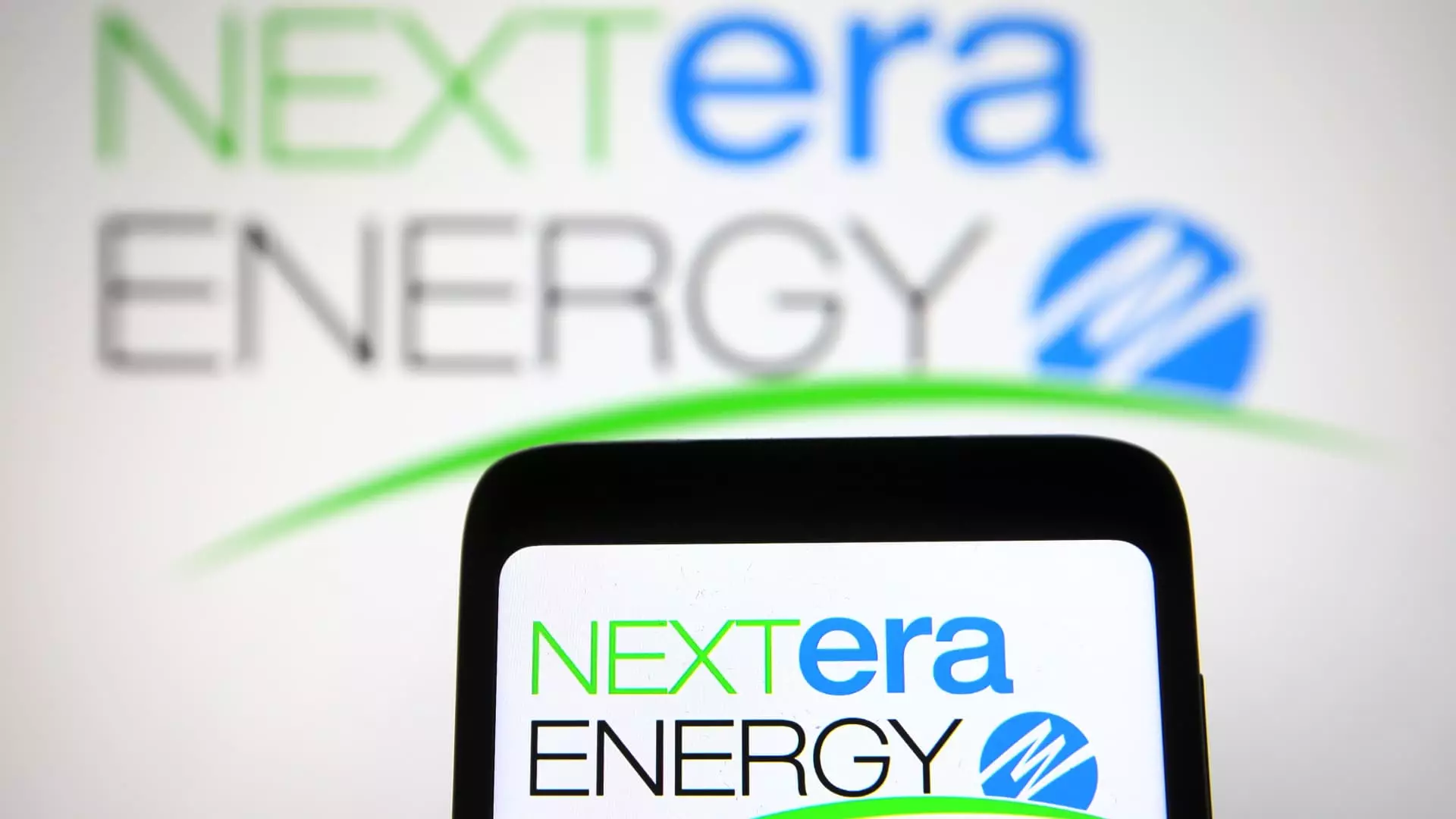As demand for carbon-free energy continues to grow, NextEra Energy is considering restarting a nuclear plant in Iowa that ceased operations in 2020. The Duane Arnold Energy Center in Palo, Iowa had served for 45 years before closing down. NextEra CEO John Ketchum emphasizes the need for a thorough review of the risks involved in restarting the reactor to ensure feasibility.
Nuclear energy had fallen out of favor over the past decade as plants struggled to compete with cheaper energy sources like natural gas and renewables. The 2011 Fukushima nuclear accident in Japan further raised safety concerns, leading to the closure of a dozen nuclear reactors in the U.S. by April 2021. However, there is a growing interest in nuclear energy again, driven by the increasing power demand from artificial intelligence data centers and the electrification of the economy.
While solar and wind energy face challenges in providing reliable power due to their dependence on weather conditions, utility executives believe that nuclear and natural gas are essential for maintaining grid reliability. Southern Company CEO Chris Womack advocates for the installation of more than 10 gigawatts of new nuclear power to meet electricity demand. The completion of the first new nuclear plant in decades by Southern Company was behind schedule and over budget, highlighting the challenges associated with building new nuclear plants.
The push for new nuclear power has faced criticism, with some like AES Corporation CEO Andrés Gluski arguing that the enthusiasm for nuclear energy is “overblown” due to the costs involved in building new plants. However, the tech sector has shown a growing interest in nuclear energy as a way to provide reliable power for data centers. Amazon Web Services, for example, has invested in data centers powered by nuclear energy and is in talks with Constellation Energy for electricity supplied from a nuclear plant on the East Coast.
The U.S. maintains the largest nuclear fleet in the world with 94 operating reactors, and the Biden administration has provided tax credits to prevent more reactors from going offline. In a global effort to address climate change, the U.S. and a coalition of countries pledged to triple nuclear power by 2050. As the demand for carbon-free energy continues to rise, nuclear energy may play a significant role in the future energy landscape of the U.S.
The resurgence of interest in nuclear energy presents both opportunities and challenges for the energy industry. As the U.S. aims to reduce carbon dioxide emissions and meet growing electricity demand, nuclear energy could provide a reliable and carbon-free alternative. However, careful consideration of the risks, costs, and benefits associated with nuclear energy is essential to ensure a sustainable and secure energy future.

